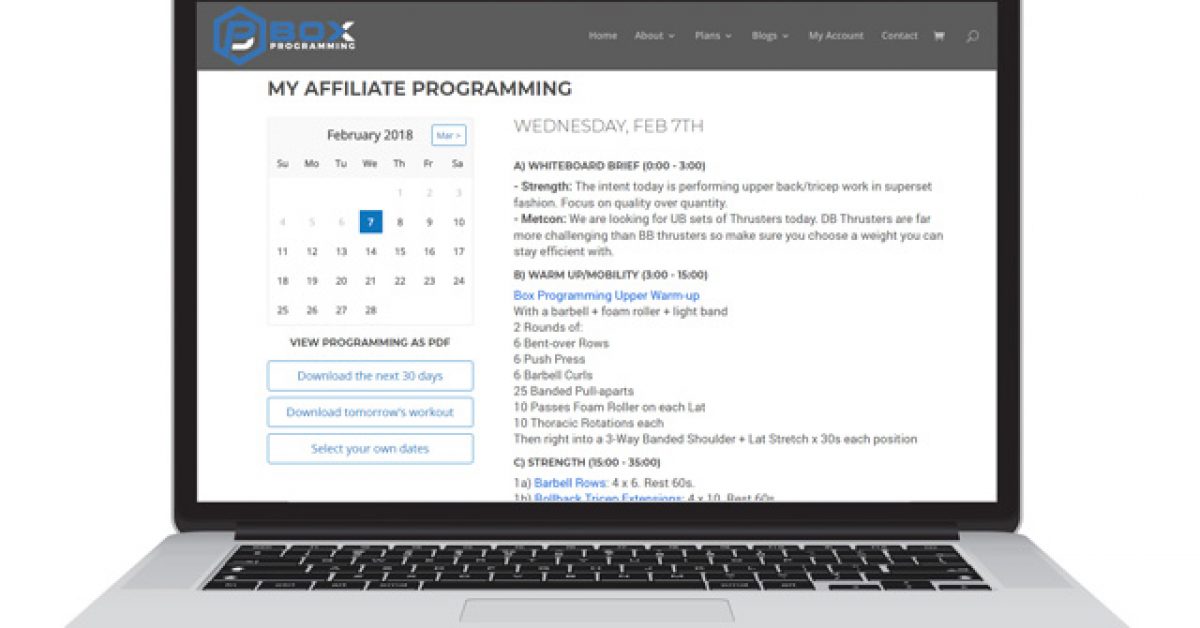To read part one of this blog, go here.

As I’ve stated on numerous occasions, we do NOT subscribe to any linear periodization. There are simply too many things this type of training neglects, and with group classes, it’s even less optimal considering that we know people’s schedules can be unpredictable. The over-arching theme of our programming is: concurrent training that simultaneously works on all aspects of our clients’ fitness, from building their bases, improving the cardio-respiratory system, improving body composition, AND bringing up limiting factors (that will lend themselves to improving maximal strength across all movements) while improving our athletes’ ability to sustain work output.
It’s a mouthful, but it’s worth it!
Let’s delve a little deeper:
- Building Our Clients Base: This is done through non-invasive GPP work. Think of things like sledpushes, loaded carries, moving odd objects. This type of work is low-skill in nature and can be done by all levels of ability. This type of work may be mixed into a traditional “Metcon”, but expect to see this type of work on a weekly basis. To read more details about GPP work, read here
- Improving Cardio-Respiratory System: This is done through our energy systems work that will vary for each training session. Expect to see at least two higher threshold days a week, separated by 72 hours, and a variance of aerobic pieces that will vary in duration, but allow us to teach our athletes how to sustain work output with a varying level modalities. To read more about energy systems work, go here.
- Improving Body Composition: This is done with hypertrophy work both included in the class plan at least 2x a week and through optional accessory work at least 3x a week. These movements are instrumental in not only enhancing aesthetics but also improving muscular imbalance. To read more about why our system works so well for improving body composition, go here.
- Variance of Strength Work: The intent of strength work varies between maximal effort and sub-maximal effort for maximal velocity (speed work). Maximal work rotates weekly allowing us to avoid accommodation while continuously exposing our athletes to new variations that may serve as a vehicle for identifying individual weaknesses. Speed work teaches our athletes how to move fast and, for most, develops higher-threshold motor units which will translate to increasing Type 2x muscle fiber. As a result, gaining lean muscle mass will become easier. Our athletes’ classic lifts will also improve since we are able to develop force more efficiently. To read more about varying strength work click here and speed training here
- Unconventional Methods: As Louie says, “doing harder versions of the classic lifts makes the classic lifts much easier”. This is 100% true. Using a long list of viable options we avoid overtraining and decrease the risk of overuse injury, we develop strength and force multi-dimensionally, and psychologically we become accustomed to always hitting new records consistently. As such, our positive self-talk is more consistent as well in the sense that we expect to hit PRs whenever we are tested. In short, our clients hit personal records across all movements, albeit we program the classic lifts considerably less than most.
- The Box Squat: The Wide Stance Box Squat is the biggest bang-for-your-buck movement we have available to us. The list of benefits is long, but there is no other movement that can simultaneously develop both the squat and deadlift. By sitting back on the box, we break-up the phases of the lift teaching our athletes how to be aggressive and explode out of the whole. This translates to our classic Olympic lifts. To read more about the Box Squat, click here.
A lot of the exact tenets of our programming have been covered in various blogs so I would encourage you and your coaches to check them out! Overall, our number one goal is to get our clients closer to their goals with effective programming. This is not to say that your athletes are going to be subjected to “easy” training; your athletes will be challenged each day but in a controlled and well-thought-out way. At the end of the day, people are people and require similar things to get increase their fitness regardless of what area of the globe you come from.
To read more about our views on effective group programming, click here.
SaveSave


